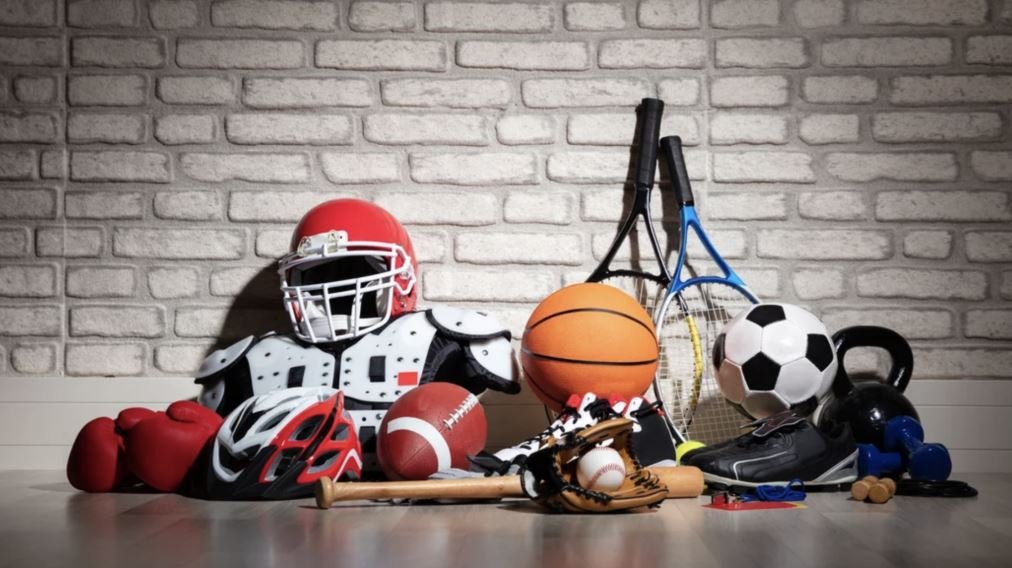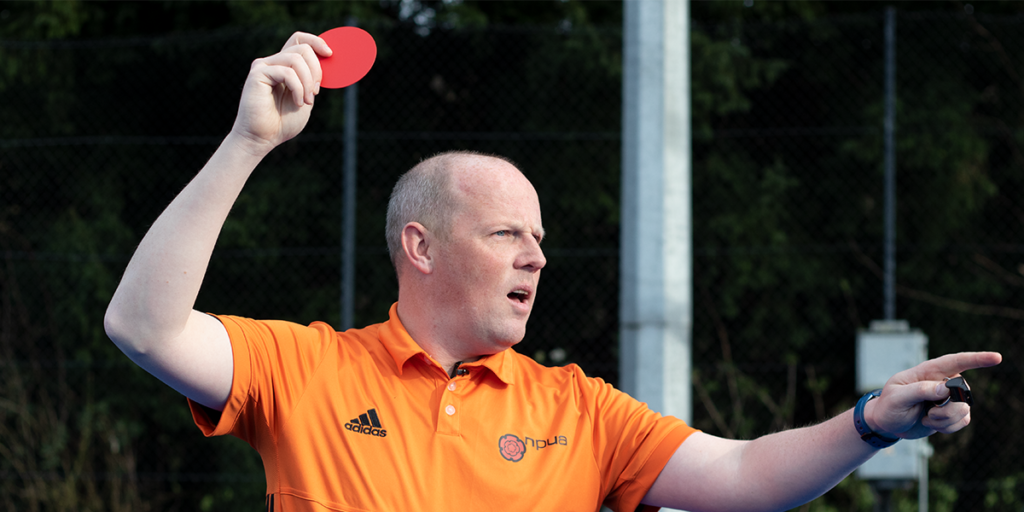Sports equipment is often a significant investment, whether it’s a professional-grade bicycle, football gear, or high-tech skiing equipment. Unfortunately, accidents, theft, or damage can render expensive gear unusable, creating financial stress for athletes and sports enthusiasts.
Sports equipment insurance offers protection, ensuring you can repair or replace your gear without breaking the bank. In this article, we’ll explore what sports equipment insurance covers, how it works, and why it’s essential.
What is Sports Equipment Insurance?
Sports equipment insurance is a specialized type of coverage designed to protect against the loss, theft, or damage of gear used in athletic activities. This policy ensures that individuals or organizations can recover their financial investment in case of unexpected incidents.
Who Needs Sports Equipment Insurance?
- Professional Athletes: Protecting expensive and specialized gear essential for competition.
- Amateur Athletes: Covering gear used for recreational activities, such as skis, bikes, or golf clubs.
- Sports Teams and Clubs: Insuring team equipment, such as football pads, helmets, or uniforms.
- Event Organizers: Protecting rented or owned gear for tournaments and games.
What Does Sports Equipment Insurance Cover?
Sports equipment insurance typically covers a range of incidents that can affect the usability or availability of gear. Here’s what’s commonly included:
1. Theft
Sports gear is often targeted for theft due to its high value and portability. Insurance policies cover stolen items, reimbursing you for their value or repair costs. For example:
- A bicycle stolen from a public rack.
- Golf clubs taken from a car trunk.
2. Damage
Accidents can happen during transportation, storage, or use, leading to damage to your equipment. Insurance covers repairs or replacement costs for:
- A cracked tennis racket.
- A damaged surfboard during air travel.
3. Loss
If your gear is lost, such as during travel or transit, insurance provides financial compensation. For instance:
- Losing skis while flying to a competition.
- Misplacing a helmet at a tournament venue.
4. Natural Disasters
Insurance may cover damage caused by natural disasters, such as floods, fires, or storms, which can destroy or harm stored sports gear.
5. Accidental Breakage
If your equipment breaks due to accidental mishandling, such as dropping or colliding with an object, the policy can cover the cost of repairs or replacement.

Optional Add-Ons for Enhanced Coverage
Some insurance providers offer additional coverage options to tailor the policy to your specific needs:
1. Worldwide Coverage
Ideal for athletes who travel internationally, this add-on ensures your gear is protected regardless of location.
2. High-Value Items
For gear exceeding standard coverage limits, such as professional-grade cameras used in sports photography or custom-made equipment, you can opt for increased coverage.
3. Rental Equipment
If you frequently rent equipment for sports events, you can add coverage for rented items, protecting against loss or damage.
4. Liability Protection
In case your gear accidentally causes injury or property damage (e.g., a flying golf ball breaking a window), liability protection covers associated costs.
What is Not Covered?
While sports equipment insurance is comprehensive, there are exclusions to be aware of:
- Wear and Tear: Normal depreciation or gradual wear isn’t covered.
- Negligence: Loss or damage caused by carelessness, such as leaving gear unattended in an unsecured location.
- Illegal Activities: Damage or loss incurred during prohibited or unauthorized use.
- Professional Use: Some policies exclude equipment used in professional settings unless explicitly stated.
How Sports Equipment Insurance Works
1. Purchase a Policy
Choose a plan that suits your needs, considering the value of your gear and your risk exposure. Policies can be standalone or bundled with general sports insurance.
2. Set Coverage Limits
Specify the value of your equipment to determine coverage limits. For high-value gear, ensure the policy matches its replacement cost.
3. File a Claim
In the event of loss, theft, or damage:
- Document the incident with photos or reports (e.g., a police report for theft).
- Submit receipts or proof of purchase for your gear.
- Contact your insurer to file a claim and provide the required documentation.
4. Receive Compensation
Once your claim is approved, you’ll receive reimbursement based on the policy terms. This may cover repair costs, replacement value, or a predetermined payout.
Tips for Protecting Your Sports Equipment
While insurance provides financial security, taking precautions can minimize risks:
- Secure Storage: Store equipment in locked, secure areas when not in use.
- Use Tracking Devices: Attach GPS trackers to high-value items like bikes to locate them if stolen or lost.
- Maintain Gear: Regularly inspect and maintain your equipment to prevent damage from wear and tear.
- Travel Smart: Use sturdy cases or bags designed for sports gear to protect items during transit.
FAQs
Is sports equipment insurance expensive?
The cost varies based on the value of your gear and the level of coverage. Policies typically range from $10 to $50 per month for recreational athletes, with higher premiums for professional athletes or extensive coverage.
Does homeowners insurance cover sports equipment?
Some homeowners or renters insurance policies include limited coverage for sports equipment, but they may not provide the same level of protection as specialized sports equipment insurance.
Can I insure rented sports equipment?
Yes, many policies offer add-ons for rented equipment, covering damage or loss during use.
What if my equipment is stolen from my car?
Sports equipment insurance generally covers theft, including from vehicles. Ensure you file a police report to support your claim.
How do I value my sports equipment for insurance purposes?
Use receipts, appraisals, or market prices to estimate the replacement cost of your gear. This ensures your policy provides adequate coverage.
Is professional sports equipment covered?
Some policies specifically exclude professional use, so check with your insurer. Many providers offer separate plans tailored for professional athletes.
Conclusion
Sports equipment insurance provides vital protection for athletes, teams, and organizations, covering theft, damage, loss, and more. By understanding what’s covered and selecting the right policy, you can ensure that your gear is always safeguarded, allowing you to focus on performance without financial worries. Whether you’re a weekend enthusiast or a professional athlete, investing in sports equipment insurance offers peace of mind and valuable financial security.







